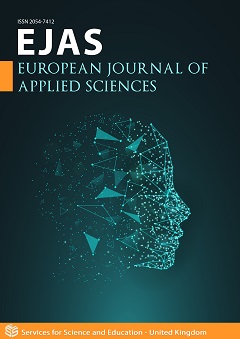Classical Field Theory-based Design of Green Energy Systems
DOI:
https://doi.org/10.14738/aivp.125.17511Keywords:
Lorentz Theory, blackbody-cavity, photoelectric, solar, fission-electric cell, CIGS cylindrical photovoltaic, carbon nano-tube cathodeAbstract
Novel technologies are often traced back to fundamental science. Green energy, particularly fission-, gamma- and photo-electric (PE) cells, are no exception. Based on the fundamentally sound Lorentz Theory, this article aims to explain how implementation of blackbody-cavity PE cells can greatly increase efficiency of the integrated conventional thermal and photovoltaic systems. Long before quantum mechanics, Lorentz suggested that some disturbances, like waves, travel with particles through a certain medium - motionless ether. The waves are described by the Klein-Gordon equation and dispersion relation w2=c2k2+wc2. In hydromechanics, they are known as non-propagating waves and a boundary frequency wc is called the cutoff frequency. The group velocity approaches zero and waves are not propagating if their frequency is below the cutoff frequency wc. Their group and phase velocity are related by vu=c2, in the infinite k limit v=u=c and the group velocity maximum is c. A quantum object is considered as a vibrating particle or material body with a rest mass m moving in resonance with wave characterized by the cutoff or Compton frequency wc =mc2/ .
Downloads
Published
How to Cite
Issue
Section
License
Copyright (c) 2024 Anatoly Blanovsky

This work is licensed under a Creative Commons Attribution 4.0 International License.






